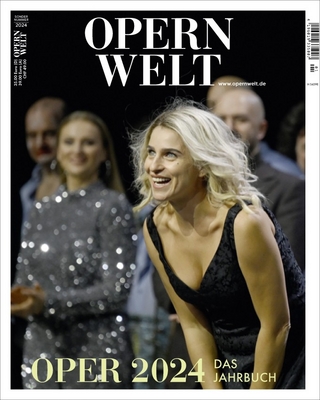
Harmony in Mendelssohn and Schumann
Cambridge University Press (Verlag)
978-1-108-40624-6 (ISBN)
This innovative book continues David Damschroder's radical reformulation of harmonic theory, presenting a dynamic exploration of harmony in the compositions of Mendelssohn and Schumann, two key figures of nineteenth-century classical music. This volume's introductory chapters creatively introduce the basic tenets of the system, with reference to sound files rather than notated music examples permitting a more direct interaction between reader and music. In the Masterworks section that follows, Damschroder presents detailed analyses of movements from piano, vocal, and chamber music, and compares his outcomes with those of other analysts, including Benedict Taylor, L. Poundie Burstein, and Peter H. Smith. Expanding upon analytical practices from the eighteenth and nineteenth centuries, and strongly influenced by Schenkerian principles, this fresh perspective offers a stark contrast to conventional harmonic analysis - both in terms of how Roman numerals are deployed and how musical processes are described in words.
David Damschroder is Professor of Music Theory at the University of Minnesota. His research focuses on harmony in tonal music, a project that began with a careful examination of historical analytical practices, the basis for his Thinking about Harmony: Historical Perspectives on Analysis (Cambridge, 2008). He has since published studies on harmony in selected composers including Haydn, Mozart, Beethoven, Schubert, and Chopin, and he is the author of Tonal Analysis: A Schenkerian Perspective (2017).
Part I. Methodological Orientation: Harmonic Analysis through Listening: 1. Foundation diatonic processes; 2. Surges; 3. IV5-6 V; 4. I5-6 II; 5. Surging 6-Phase chords; 6. Surges with ninths; 7. Colorful variants of II; 8. III along the path from I to V; Part II. Masterpieces: 9. Mendelssohn: Octet in E∂ Major (op. 20), Movement 1 in Response to Greg Vitercik and Benedict Taylor; 10. Mendelssohn: song without words in F Major (op. 85/1) in response to Allen Cadwallader; 11. Schumann: 'Warum?' from Phantasiestücke (op. 12) in Response to L. Poundie Burstein; 12. Mendelssohn: song without words in A∂ Major (op. 53/1) in response to Yosef Goldenberg; 13. Schumann: three songs from Liederkreis (op. 39) in Response to Charles Burkhart and David Ferris; 14. Schumann: 'Im wunderschönen Monat Mai' from Dichterliebe (op. 48, no. 1) in response to Deborah Stein; 15. Schumann: Sonata in A Minor for violin and piano (op. 105) in response to Peter H. Smith.
| Erscheinungsdatum | 10.09.2019 |
|---|---|
| Zusatzinfo | Worked examples or Exercises; 102 Printed music items |
| Verlagsort | Cambridge |
| Sprache | englisch |
| Maße | 172 x 245 mm |
| Gewicht | 700 g |
| Themenwelt | Kunst / Musik / Theater ► Musik ► Klassik / Oper / Musical |
| Kunst / Musik / Theater ► Musik ► Musiktheorie / Musiklehre | |
| ISBN-10 | 1-108-40624-6 / 1108406246 |
| ISBN-13 | 978-1-108-40624-6 / 9781108406246 |
| Zustand | Neuware |
| Informationen gemäß Produktsicherheitsverordnung (GPSR) | |
| Haben Sie eine Frage zum Produkt? |
aus dem Bereich


